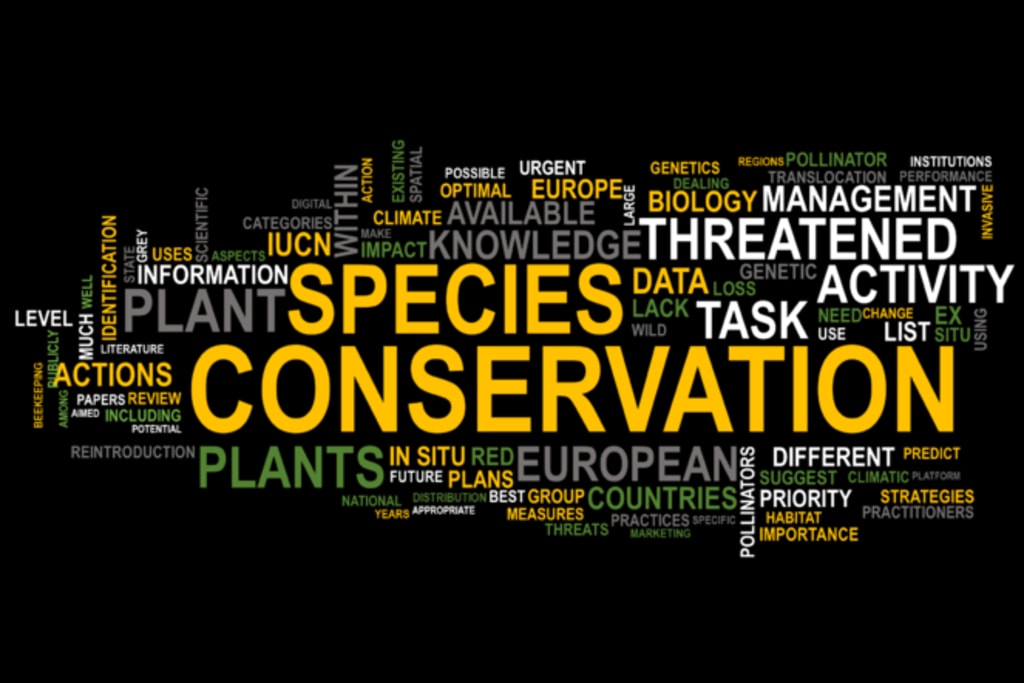How Whole Genome Duplication Saved Plants from Extinction
Unveiling the Evolutionary Secret of Ancient Survival: How Whole Genome Duplication Empowered Plants to Thrive

Introduction
The prehistoric world was a place of immense natural beauty and ferocious creatures. However, the reign of the dinosaurs came to a catastrophic end some 66 million years ago, as a massive asteroid collided with the Earth, causing a devastating mass extinction. Amidst the chaos, plants faced a daunting challenge – 60% of all plant species went extinct. Yet, amidst the darkness and dust, some plant ancestors managed to survive, and their secret to survival lies in a fascinating evolutionary phenomenon called Whole Genome Duplication (WGD). This accidental doubling of their DNA bestowed upon them the genetic flexibility and adaptability needed to thrive in extreme environmental conditions. Today, angiosperms, or flowering plants, owe much of their evolutionary success to this ancient event. In this blog, we will embark on a journey to explore the remarkable world of WGD and its pivotal role in shaping the course of plant evolution.
The Magnificent Reign of the Flowering Plants
The mid-Jurassic Period marked the emergence of angiosperms, the most diverse and dominant group of plants on Earth. During the Early Cretaceous, these flowering plants rapidly expanded their territories, establishing their presence in various environments, from lush rainforests to expansive meadows. Angiosperms emerged as the foundation of terrestrial ecosystems, providing sustenance and shelter to countless other living beings.
The Enigma of Whole Genome Duplication
In the quest to understand the genetic underpinnings of angiosperms' success, scientists unravelled a perplexing pattern in their genomes: multiple instances of Whole Genome Duplication (WGD). This extraordinary process occurs due to accidental errors during meiosis, resulting in the doubling of an organism's entire set of DNA. Such individuals, called polyploids, carry twice the usual amount of genetic material.
Polyploidy - An Unexpected Evolutionary Shortcut
Initially regarded as an evolutionary dead-end, polyploidy was believed to produce unfit individuals. However, in specific environmental contexts, polyploidy can confer significant advantages. The surplus genetic material offers increased adaptability and opportunities for innovation through genetic redundancy.
WGD and the Catastrophic Events
Approximately 66 million years ago, a massive asteroid impacted Earth, triggering a cataclysmic event that wiped out three-quarters of all plant and animal species. Amidst this dark and cold aftermath, a significant wave of WGD swept through angiosperms. This timing raises intriguing questions about the role WGD played in their survival during such challenging times.
Enduring Cataclysm with Doubled DNA
Researchers discovered compelling evidence that polyploids with duplicated genes related to shade avoidance and cold tolerance gained a crucial survival advantage in the post-apocalyptic environment. Their adaptability allowed them to endure a broader range of conditions, increasing their odds of survival.
Waves of Whole Genome Duplication
The end-Cretaceous mass extinction was not the sole instance of WGD in angiosperms' history. Two additional waves occurred: one approximately 120 million years ago during the early evolution of angiosperms, and a more recent event within the last 20 million years, during a cooling climate. Each wave introduced duplicated genes associated with specific stress responses.
Unlocking the Mysteries of Plant Evolution
While animal evolution garners much attention, the story of plant evolution is equally captivating. The study of WGD has provided valuable insights into how plants coped with environmental challenges and ecological upheaval. Despite the complexity of plant genomes, scientists are beginning to appreciate the potential benefits of WGD in times of stress.
Conclusion
The survival of angiosperms through the end-Cretaceous mass extinction serves as a testament to the significance of Whole Genome Duplication in their evolutionary history. This accidental doubling of DNA equipped plants with a versatile genetic toolbox, allowing them to swiftly adapt to extreme environmental conditions. Today, the legacy of this ancient event can be observed in modern plant genomes, with duplicated genes continuing to play essential roles in stress responses. As we delve deeper into the annals of plant evolution, we must not overlook the pivotal role that polyploidy played in shaping the diverse flora that adorns our planet today. Understanding the past helps us safeguard the future of these vital organisms that form the backbone of life on Earth. The story of Whole Genome Duplication is a tale of survival, adaptation, and the incredible resilience of life itself.
About the Creator
Rohit Singh
Software developer, part-time content creator, and tech enthusiast.
Unleashing creativity and embracing tech. Join me on this thrilling journey! 🚀






Comments
There are no comments for this story
Be the first to respond and start the conversation.